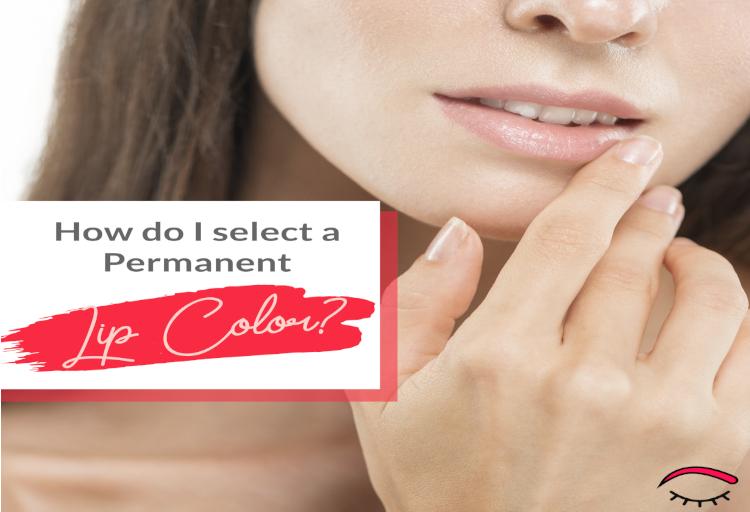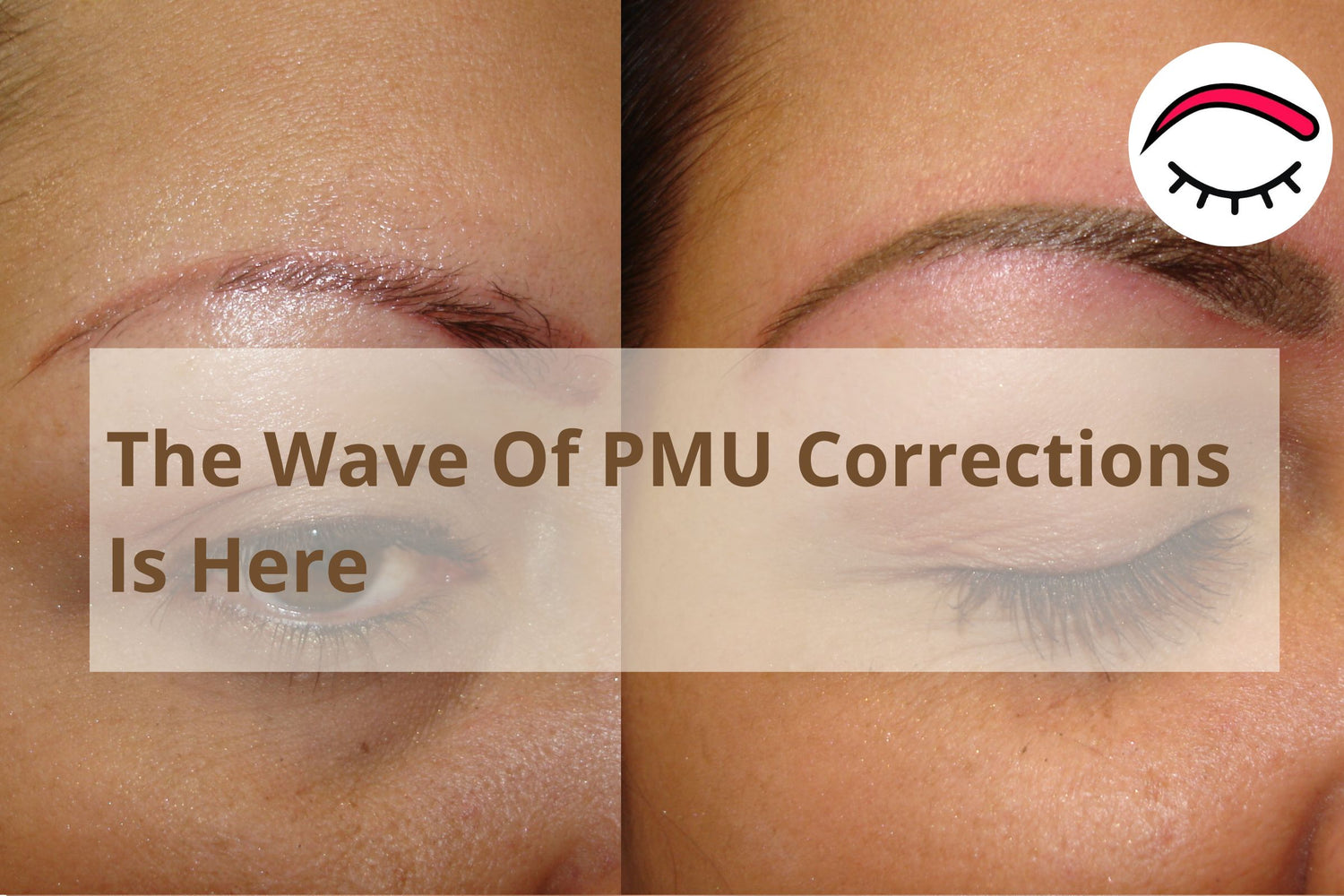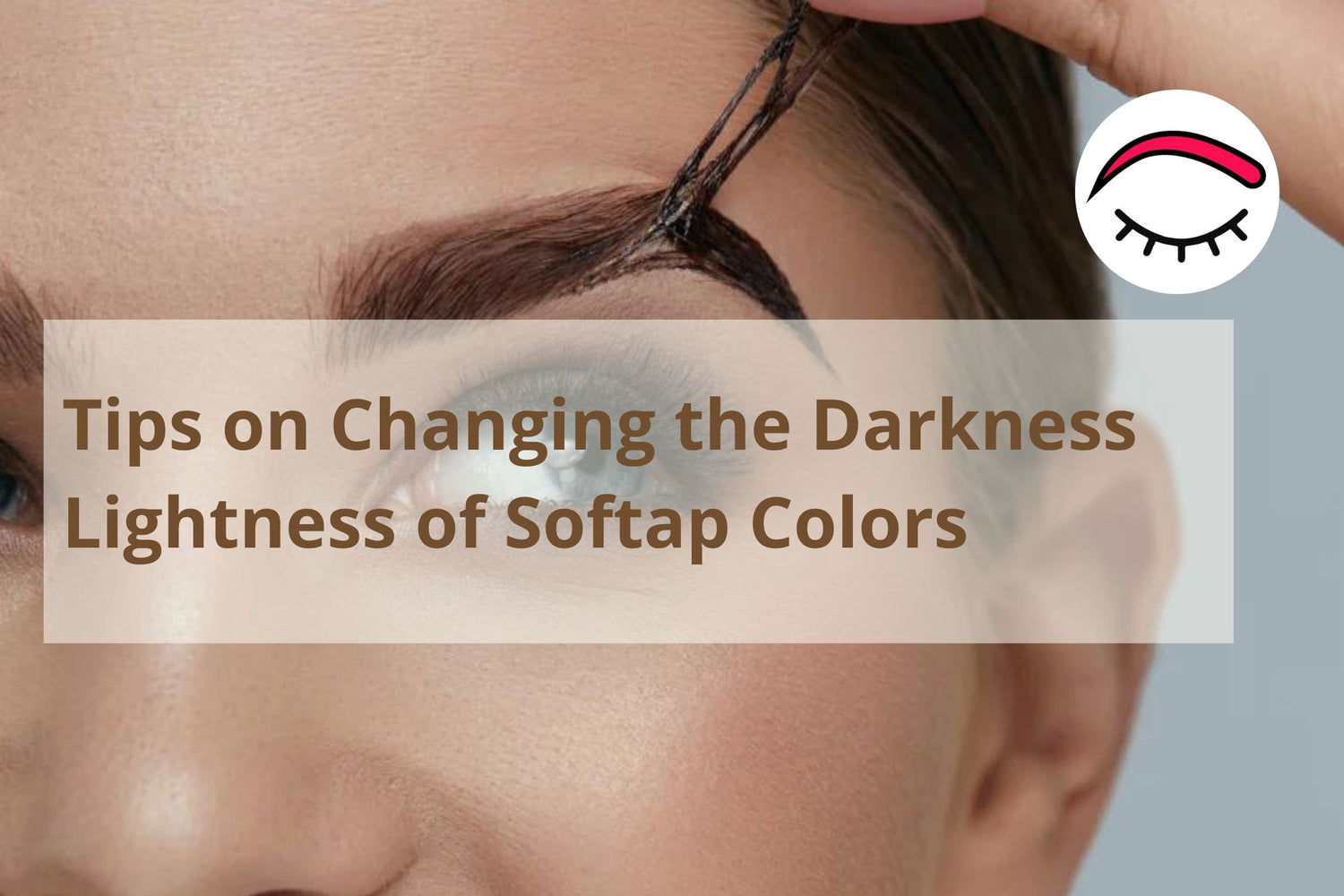
How Do I Select My Client's Permanent Lip Color?
Raymond A 4 commentsOne of the most beautiful and sensual parts of a woman's face are her lips.
Today, many women are willing to get permanent makeup on their lips to enhance their shape and color. This is a remarkable evolution in our industry that helps us to increase our clientele and income.
However, in my opinion, this is one permanent makeup procedures that require the most knowledge on color, technique, and design than other treatments. The reason why is simple, if any mistake happens, it’s very noticeable.
That being said, when this procedure is done correctly, it is a beautiful, natural-looking treatment that enhances the face and eliminates the need for lip cosmetics.
Choosing the right color for permanent lips is not a simple task, this is actually a process. You need to understand how the pigment interacts with this unique skin tissue and all of the factors that are involved in defining the final result.
This includes the technique and the number of sessions. In general, it takes 2 or more applications to achieve the desired result.
Important: Do not let your client select the color directly from the color chart. The color that you see in the chart and the tube will be different on your client's lips immediately post-treatment and one month along.
Today I want to share with you five factors that I consider to help my client select the best color for her lips:
My client's lip color preference
- Her lip undertone
- The characteristics of the Softap colors for lips
- The lip procedure that I’m going to perform
- The smear and match test
My Client's Lip Color Preference

I ask the client the color that she typically prefers for her lips. It might be mauve, pink, orange, brown, or red. Remember to remind her that while the treatment is long-lasting, such as several years, it is not permanent due to fading. Her answer gives me an idea of the colors I'll recommend.
My Client's Lip Undertone
The undertone is an essential factor that determines the final result. It interacts with the pigment that you apply on the lip, modifying it.
To determine the lip undertone, ask your client to stretch her lips so you can carefully examine the color that is beneath the skin. People may have pink, blue, or brown undertones.
Everyone has natural blue undertones in their lips, but some have more strong blue undertones than others.
In general, women with skin types 1, 2, and 3 have more pale and rosy undertones with a little blue. In those cases, I select the color according to my client's preference, and the procedure that I will be performing with this color (a lip liner, a full lip color or an extension).
Women with skin type 4 tend to have rosy and blue undertones. To counteract the blue, I select a color that has a little more orange on it.
Women with skin types 5 and 6 have more brown and blue undertones. To counteract the blue, I select a color that has a little more orange in it. However, if she wants to intensify her natural brown color in her lips, I use brown color.
When you select the color, you need to imagine it mixed with the undertone that your client has in her lips.
For example, if your client wants a red color on her lips, and she has a strong blue undertone on it, applying a red pigment will mix with the blue undertone and the result will be purple. In that case, it is better to use pigment with a little more orange to counteract the blue. In general, it is not easy to get a straight red on a person with a strong blue undertone.
The Softap® Palette For Lips
There are many brands in the market. Each one of them has different color characteristics, as well as distinct color charts. This is why you need to get familiar with the color chart of the brand that you use.
In addition to the creamy consistency, another characteristic of the Softap permanent lip colors is its soft tones.
These colors come in four groups:
- Mauve/Pink
- Orange/Pink
- Brown/Pink, and
- Red/Pink
You will also notice that there are colors that belong to a particular collection called the "Imposter Collection." Those colors are intended to match anyone's lip color. The results are so realistic that everybody thinks that this is your client's natural lip color.
Mauve/Pink: These colors are great for pale, ruddy, and rosy complexions, where there is a lot of warmth present.
Orange/Pink: These colors are suitable for everybody and are the best for women with blue undertones who like warm colors.
Brown/Pink: Excellent for those who do not normally wear bright lip colors, and like a more relaxed, earthy look. Note that if your client already has a lot of brown or a strong blue undertone, her skin may turn these colors browner and darker.
Red/Pink: Even though these colors look great on all skin types, from my experience, they can turn purple if the lips have a strong blue undertone.
The Procedure I Am Going To Perform
For an extension treatment: I select a color that looks like her lip color from the Imposter Collection. My client cannot tell where her lip ends, and the imposter color begins.
The result of this kind of procedure has a very high success rate of color holding. I usually do 2 sessions to get the best result. If my client also wants a lip liner, I do it during the second session using a darker color from the same collection, using a straight needle to define the border.
For the lip liner: If she wants to define the shape with a natural color, I select a color that looks like her lip color from the imposter collection. If my client wants to add more color to her lip border, I select a non-imposter color, darker than her natural lip color.
For full lip color: I select a lighter color for the inner part and a darker color for the lip liner according to her color preference.
Note: I do not recommend Peaches'N Cream, Jamaican Rum, and Havana Girl for full color.
The Smear And Match Test
Once I select two or three options, I do "the smear and match test" on my client's lips.
To do the smear and match test I use a Q-tip to take a little bit of each color that I think is the best to get the result that my client wants. I apply each one on her lips and smear. Then I compare.
This process gives me a better idea about how the undertones affect the final result of the color, and my client has the opportunity to participate in the decision.
Sometimes a color that looks perfect for her on paper looks wrong in person, and sometimes a color you would normally do not consider turns out to be the one.
Now you understand why I do not allow my client to select a color directly from the color chart.
Bare in mind that choosing the correct needle for lip permanent makeup holds equal importance during this process.
I hope what I do inspires you for your next permanent lip procedure!
Take a look at the SofTap® collection of colors, needles, and accessories to enhance your practice.
Also, as always, my last recommendation to you: practice, practice, and practice.


















4 comments
Thankyou for great information
That was very helpful information! Thank you
Great information! Thx
Great info!